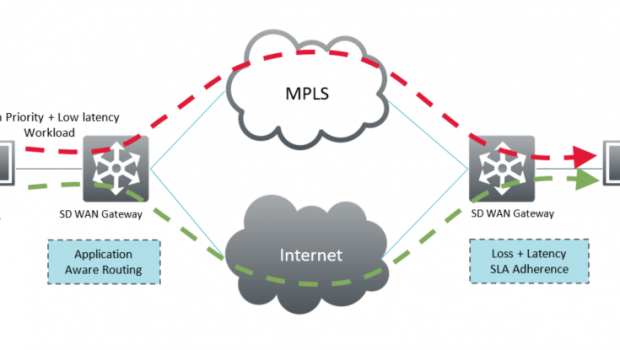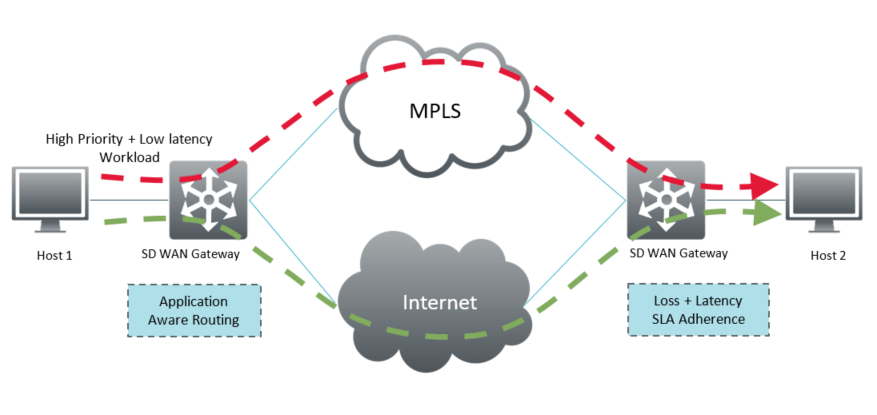5 Enterprise Challenges That SDWAN Can Solve
While wide area network (WAN) technology has come a long way from when it was first implemented in the 1980s, the traditional approach to WAN still presents several challenges when used in the modern enterprise. As technologies change, there’s a pressing need to simplify WAN deployment and management—something that can be achieved by migrating to a software-defined wide area network (SDWAN). It is an approach that takes advantage of virtualization and software abstraction to create a simpler, more agile, and more efficient network infrastructure.
Adopting SDWAN resolves existing WAN issues such as:
- Increasing Bandwidth Cost and Demands
WAN expenditures already consume 10% of organizations’ IT budgets, and that number is about to grow bigger as traffic for enterprise applications are growing at an annual rate of 30%. The high cost of the bandwidth for MPLS circuits also adds to this issue. One way of maximizing the bandwidth and lessening its cost would be by differentiating non-critical traffic — an option that is available in SDWAN. In a programmable network, non-critical traffic can be routed to significantly less expensive transport technologies, like broadband. This, then, frees up the bandwidth of MPLS circuits so that it can be allocated to more crucial functions. - Difficulty in Implementing Changes
Implementing policy changes and even the most basic control requirements on WAN can take anywhere from 3 to 12 months. Part of the reason is that it takes a lot of time to find workarounds just to uniformly implement policies on separate WANs that are maintained on different transport technologies. Sending an IT personnel to update each and every device connected to the network, including those in other branches and remote offices, also eats up a lot of time.
This inefficient implementation model can be overhauled by upgrading to SDWAN, which offers centralized management and zero-touch provisioning. SDWAN allows network managers to implement policy changes and iterations globally on any transport and across all devices, all without leaving their central location. - Lack of Deterministic Application Performance
In WANs, the performance of the application is determined by the network. This setup presents a lot of problems whenever the networks are plagued by erratic behavior or outages. Detecting a problem and activating the backup MPLS circuit typically implies manual intermediation and extended outage times. To avoid such situations, it’s important for enterprises to have a network architecture with multiple circuits, including MPLS and 4G/LTE, which are all in active mode. This way, the bandwidth is maximized and all critical applications are performing in a deterministic manner. - Lack of Visibility into Performance and Utilization Information
It’s extremely difficult to get real-time performance and utilization information in traditional WANs. This, in part, is because of the complexity of the network infrastructure, which is disaggregated and not application aware. The lack of information makes network usage and performance a problem for resource planning and management. SDWAN, on the other hand, has an overlay architecture that provides enterprise-wide visibility and ready access to advanced analytics. This knowledge can help your enterprise improve planning and resource management. - Rising Security Risks
Maintaining a consistent security framework in WAN has always been a challenge due to the complexity and growing number of components in the network infrastructure. There’s also a lack of unified policy for network components that are on cloud and on the company premises. This makes the infrastructure vulnerable to threats from attackers. SDWAN overcomes this challenge by employing network segmentation, trust models, high-grade encryption, integrated PKI, and inbound DDoS protection.
Switching to SDWAN requires initial resource investment and training. However it promises improved productivity and cost efficiency for your company — far more than what legacy WANs currently offer.
















